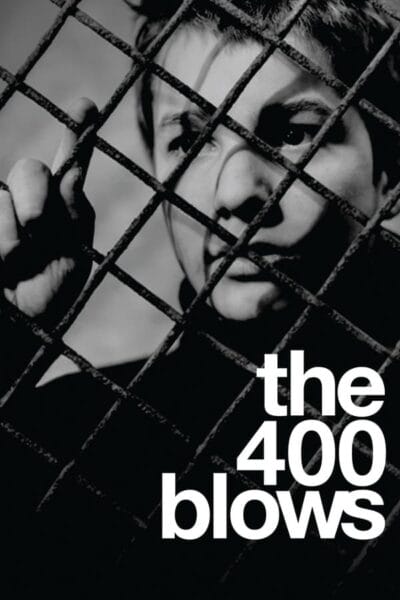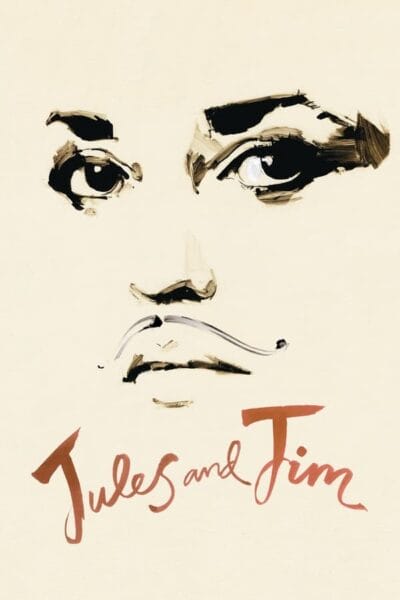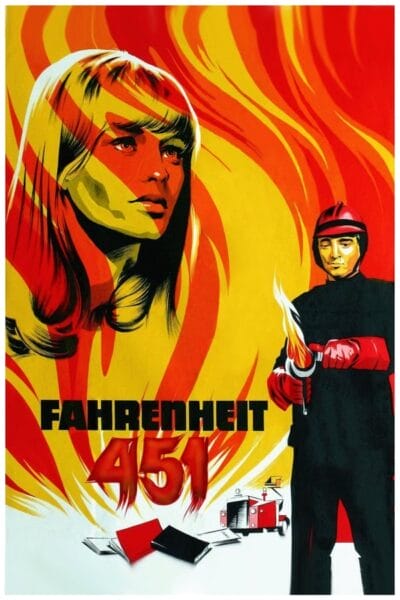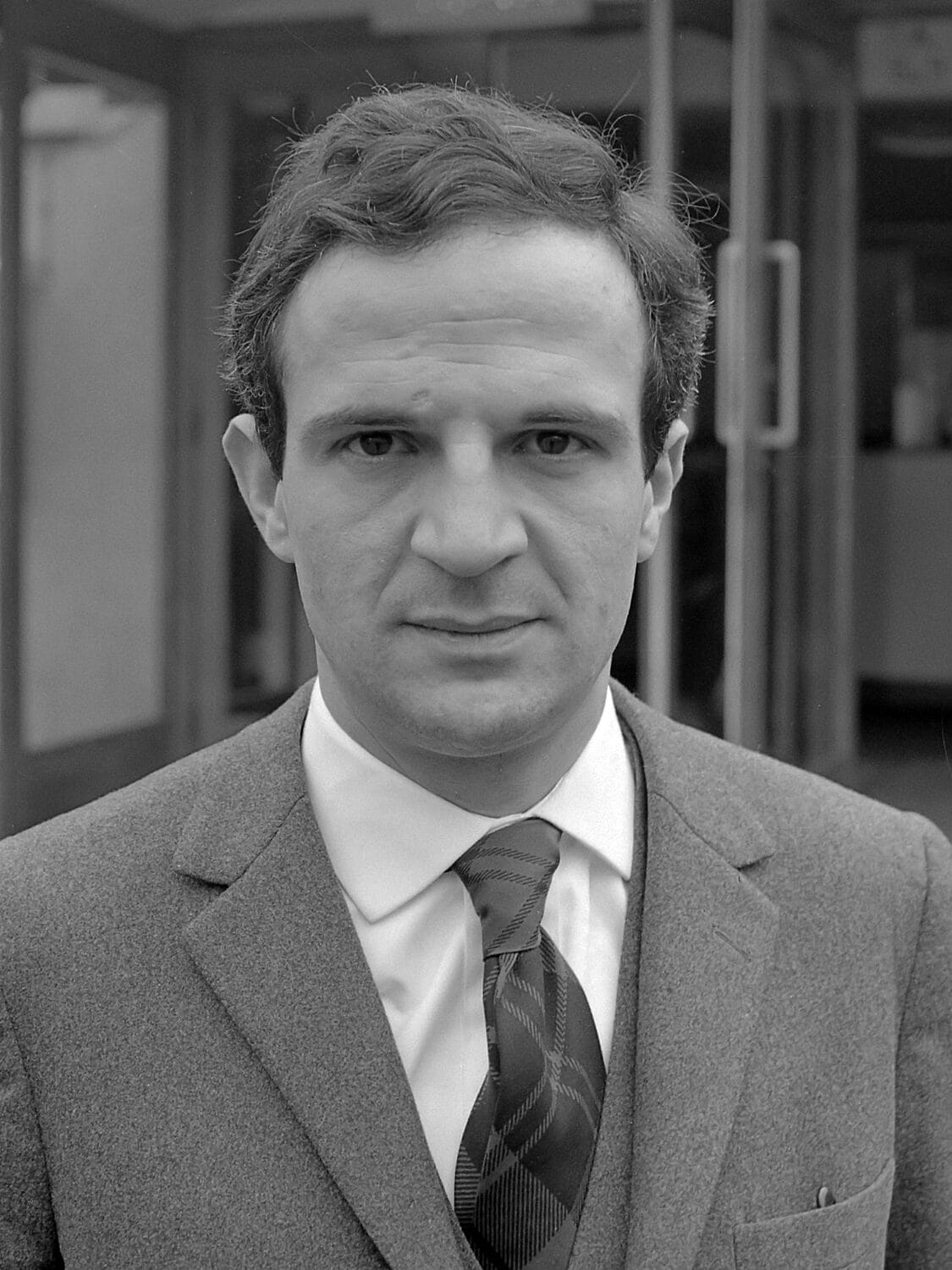When discussing the masters of French cinema, one name consistently stands out among the rest: François Truffaut. A pioneering director, screenwriter, and film critic, Truffaut left an indelible mark on the world of cinema, both in France and internationally. With a career spanning over three decades and numerous accolades to his name, Truffaut’s influence can be felt in the works of contemporary filmmakers to this day.
In this article, we will explore the life and career of François Truffaut, delving into the birth of the French New Wave, his key films, and his signature style and themes. We will also examine the impact Truffaut has had on contemporary filmmakers and his lasting legacy in French cinema. Finally, we will provide a list of essential François Truffaut films for those looking to immerse themselves in his remarkable body of work.
The Birth of the French New Wave

The French New Wave, or La Nouvelle Vague, was a revolutionary movement in cinema that emerged in the late 1950s and early 1960s. Born out of a desire to break free from the conventions of traditional filmmaking, the French New Wave sought to redefine the rules of cinematic storytelling. Influenced by the likes of Italian Neorealism and the American films of Orson Welles and Alfred Hitchcock, the movement was characterized by a focus on experimentation, innovation, and auteurism.
A key figure in the birth of the French New Wave, François Truffaut was instrumental in shaping the movement alongside fellow film critics and directors like Jean-Luc Godard, Claude Chabrol, and Eric Rohmer. Writing for the influential film magazine Cahiers du Cinéma, Truffaut and his contemporaries challenged the status quo, advocating for a more personal and distinctive approach to filmmaking.
François Truffaut’s Early Life and Career
Born in Paris on February 6, 1932, François Truffaut endured a difficult childhood marked by a tumultuous relationship with his parents and a stint in a reform school. It was during these formative years that Truffaut discovered his passion for cinema, attending screenings at local theaters and immersing himself in the world of film. By the age of 18, Truffaut had begun writing film criticism, and his insightful, provocative articles quickly gained him a reputation as a leading voice in French cinema.
In the mid-1950s, Truffaut transitioned from critic to filmmaker, directing his first short film, Les Mistons, in 1957. This marked the beginning of a prolific career that would see him direct over 25 feature films, including seminal works like The 400 Blows, Jules and Jim, and Day for Night. Throughout his career, Truffaut was recognized for his unique, innovative approach to storytelling, earning numerous awards and honors, including an Academy Award for Best Foreign Language Film for Day for Night.
The Influence of François Truffaut on Modern Cinema

The impact of François Truffaut on modern cinema can be felt in a multitude of ways, from the thematic elements present in his work to the techniques and stylistic choices he employed as a director. Truffaut’s pioneering spirit and dedication to auteurism paved the way for future generations of filmmakers, inspiring them to push the boundaries of cinematic storytelling and explore new, uncharted territory.
Truffaut’s influence can be seen in the works of filmmakers like Wes Anderson, Sofia Coppola, and Noah Baumbach, among many others. His films continue to be celebrated and analyzed by critics and cinephiles alike, serving as a testament to the enduring power and relevance of his singular vision.
Key Films of François Truffaut
Throughout his career, François Truffaut directed a wide range of films, each showcasing his unique blend of technical mastery and emotional resonance. Among his most significant works are the following:
- The 400 Blows (1959) – Truffaut’s debut feature film, this poignant coming-of-age story follows the life of a young boy named Antoine Doinel as he struggles to navigate the complexities of adolescence. Highly autobiographical in nature, the film marked the first in a series of five films centered on the character of Doinel, played by actor Jean-Pierre Léaud.
- Jules and Jim (1962) – Set against the backdrop of pre- and post-World War I France, this romantic drama explores the complex relationship between two friends, Jules and Jim, and the enigmatic woman they both love, Catherine. With its innovative narrative structure and ground-breaking use of cinematic techniques, Jules and Jim remains a cornerstone of French New Wave cinema.
- Day for Night (1973) – This affectionate tribute to the art of filmmaking offers a behind-the-scenes look at the chaotic world of movie production. Blending reality and fiction, Truffaut casts himself as a film director struggling to complete his latest project amidst a host of personal and professional challenges. The film garnered widespread critical acclaim and earned Truffaut his first and only Academy Award.
Truffaut’s Signature Style and Themes

François Truffaut’s signature style can be characterized by a number of recurring themes and techniques, many of which have become synonymous with the French New Wave movement as a whole. Among these are:
- A focus on character-driven narratives that explore the complexities of human relationships, often drawing from Truffaut’s own personal experiences.
- The use of innovative cinematic techniques, such as jump cuts, freeze frames, and voice-over narration, to create a distinctive, dynamic visual style.
- A deep appreciation for the art of filmmaking, with many of Truffaut’s films featuring allusions to other movies and directors, as well as meta-cinematic elements that blur the lines between reality and fiction.
- The recurring presence of actor Jean-Pierre Léaud, who appeared in numerous Truffaut films and became something of an on-screen alter ego for the director.
The Impact of François Truffaut on Contemporary Filmmakers

François Truffaut’s influence on contemporary filmmakers is vast and varied, with numerous directors citing him as a major inspiration for their own work. Some of the most notable examples include:
- American filmmaker Wes Anderson, whose visually striking, character-driven films often pay homage to Truffaut’s distinctive style and thematic concerns.
- Sofia Coppola, whose films like The Virgin Suicides and Lost in Translation showcase a similar focus on the emotional lives of their characters and a willingness to experiment with narrative structure and form.
- Noah Baumbach, whose films like The Squid and the Whale and Frances Ha often explore themes of adolescence and coming-of-age, much like Truffaut’s work.
Truffaut’s Legacy in French Cinema
In addition to his impact on international cinema, François Truffaut’s legacy within French cinema remains unparalleled. His innovative approach to filmmaking helped to redefine the very essence of French cinema, with the French New Wave movement serving as a catalyst for countless directors and screenwriters to pursue their own creative visions.
Truffaut’s films continue to be celebrated and studied within France and beyond, with his unique blend of emotional honesty and technical innovation serving as a benchmark for aspiring filmmakers to this day.
Essential François Truffaut Films to Watch

For those looking to immerse themselves in the world of François Truffaut, the following films serve as an excellent starting point:
- The 400 Blows (1959)
- Shoot the Piano Player (1960)
- Jules and Jim (1962)
- The Soft Skin (1964)
- Fahrenheit 451 (1966)
- Stolen Kisses (1968)
- The Wild Child (1970)
- Two English Girls (1971)
- Day for Night (1973)
- The Last Metro (1980)
Impact of François Truffaut’s Artistry
In conclusion, the enduring legacy of François Truffaut is a testament to the power of his artistry and the lasting influence of his groundbreaking work. As a pioneering figure in the French New Wave movement, Truffaut’s innovative approach to filmmaking continues to inspire and captivate audiences around the world.
By exploring his key films, signature style, and impact on contemporary filmmakers, we can gain a deeper understanding of the unique vision that defines François Truffaut’s remarkable body of work. Whether you are a seasoned cinephile or a newcomer to the world of French cinema, the films of François Truffaut offer awindow into a world of emotional depth, technical innovation, and unparalleled artistry.

As we continue to celebrate the legacy of François Truffaut, we can take comfort in the knowledge that his influence will continue to shape and define the world of cinema for generations to come. Through his films, he has left an indelible mark on the world of art and a lasting legacy that will continue to inspire and captivate audiences around the world.
So, whether you are a longtime fan or a newcomer to the world of French cinema, take some time to immerse yourself in the remarkable body of work that is François Truffaut’s enduring legacy. You won’t be disappointed.
CTA: For more articles on the world of cinema and beyond, be sure to check out our blog. And if you’re looking for an immersive cinematic experience, consider attending a film festival or screening in your area. The world of cinema is waiting for you!
